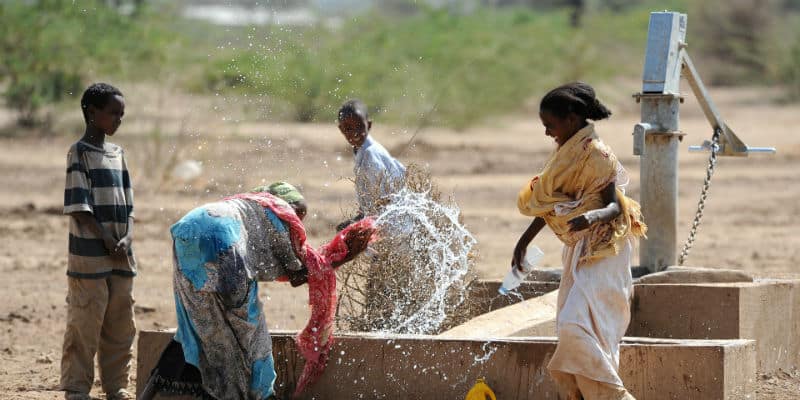Last month I was invited to speak about the ideas in The Prosperity Paradox at the Aspen Ideas Festival. During my session I shared the story of how the organization I co-founded, Poverty Stops Here, built several water wells in poor Nigerian communities, but after a few months of operation, virtually all of them broke. It’s a story I share often. During the Q&A time, someone in the audience asked me, What happened to the wells? It’s a question I get often as well, but this time I realized something new. Nothing out of the ordinary happened to the wells. The wells simply broke because resources, no matter how well built, are, in the end, designed to “break.”
Resources are a community or an organization’s most tangible assets, including things such as products, equipment, and people. When you think about the resources that are flooded into poor communities, you’ll see that they will, in due time, break. Products that are donated such as tablets or laptops for schools, and medical equipment for hospitals, break over time. Food and vaccines spoil, while community resources such as roads and rail break down. Virtually every single resource deteriorates.
Interestingly, much of the development industry is still focused on building or providing resources in poor communities across the world with far less focus on maintaining them. Regrettably, this means that even after building millions of toilets and water wells, and spending billions of dollars building schools, the impact isn’t transformative because most of the resources break—or become unsustainable—after a while.
In the circumstance regarding the water wells that Poverty Stops Here built, they all broke fairly predictably in less than a year. It was during that time I learned that building water wells was relatively easy. It was maintaining them that was the hard part.
How do we fix broken resources? Or better yet, how do we make resources sustainable?
A time-tested remedy for fixing and maintaining broken resources
The fact that resources are vulnerable to depreciation doesn’t mean the development industry should stop providing or using them. It simply means they should be provided in a way that allows them to be fixed when they break. This is where market-creating innovations have tremendous power and potential.
Market-creating innovations transform complicated and expensive products into simple and affordable ones. In doing so they make them available to a larger segment of society who historically were not able to afford them, but would have benefited from their use. The new markets that are created by these innovations are powerful because they not only provide valuable resources to people who historically didn’t have access, but they also provide enough cash—often by way of taxes for governments or profits for organizations—to maintain the resources.
One of the most striking examples of this happened in the United States. In 1806, when the US was just 30 years old, the federal government began one of its most ambitious projects—the construction of the National Road. Barely 25 years after construction began, not only did revenue dry up causing the federal government to hand over road construction to states, but most roads were in such bad condition that states had no interest in building new roads or fixing broken ones. It wasn’t until the late 1800s that interest in road construction began to rise again as more and more Americans invited a new innovation into their lives: bicycles. But this was only just the beginning.
In the early 1900s, not only did millions of Americans now have access to bicycles, but cars were also becoming ubiquitous. It was the proliferation of cars triggered by the Ford Model T—a market-creating innovation that made cars affordable enough for everyday people—that enabled America to begin building new roads and improving broken ones. The funding mechanism for improving broken roads and building new ones was gasoline taxes.
By 1929, as cars became more mainstream, virtually every state had imposed a gasoline tax, and by 1932, the federal government enacted the first national gas tax which was placed in a dedicated trust for the building and maintenance of US highways. This tax later included other transport-related products such as tires, creating a heavy stream of revenue for the government to reinvest in road maintenance. What made this initiative different from the federal government’s first attempt to build roads was the fact that the revenue was tied to a thriving market. Because access to cars vastly improved the lives of most Americans, they now had a vested interest in seeing the automobile market succeed—making the revenue, and associated projects—sustainable.
And so, as development organizations and poor-country governments work to reduce poverty and create prosperity by flooding much-needed resources into communities, it’s essential that they consider how those resources will be maintained. For instance, rather than simply provide a community with food, or schools, or hospitals for that matter, they might ask themselves how they can create a market in that community to fund these initiatives.
One thing is for sure: most resources will ultimately break. Market-creating innovations are a powerful mechanism that can help society create wealth and sustain its resources.



